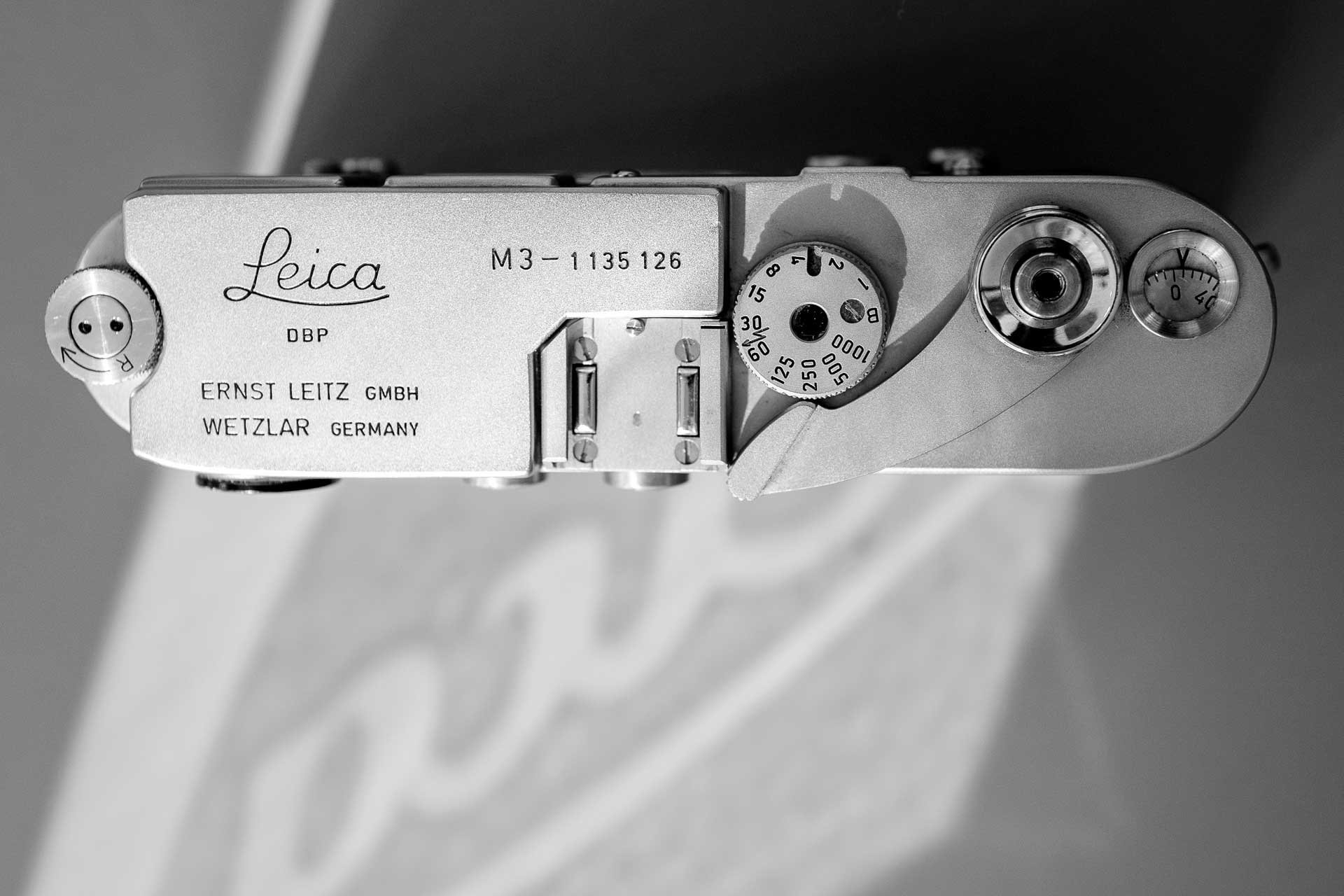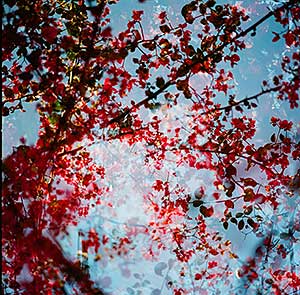
For real estate, the following applies to good prices: "Location, location, location"
For classic cameras, the following applies to good prices: "Condition, condition, condition"
The contents of this page at a glance:
In the last century, historical cameras were collected on a larger scale, extensive current collection resolutions testify to this this time. For the clientele there were the "Bibles of Cameras", printed reference works such as the Hope International Blue Book, Kadlubek's Camera Catalog, McKeown Cameras Catalog , Leica Pocket Book and other books in which updated cameras and prices were regularly published in various editions. Collectors looked for and bought cameras and based themselves on the values in these books.
With the digital transformation and especially through the Internet, "collecting by lists" in this form has disappeared, because thanks to eBay and search engines All offers are visible anytime and anywhere. Collecting became less and less a question of time and effort to find the hidden treasures and more a question of the amount of money that had to be spent, because with increasing visibility, the offers more easily come into the focus of many interested parties.
With the advent of digital cameras, analog cameras disappeared from sight and into drawers. But in recent years analog photography has experienced a renaissance. The use of film material is intended to achieve a certain appearance, the special "film look" that is unique to films. As a result of the comeback of analogue photography, usable cameras are in demand again.
The focus here is less on collecting and the associated "collector values" than on the functional and practical value.
And here There is now a large gap in value between cameras in different conditions, which is mainly due to a lack of repair options.
The example of a Leica M3 from the 1950s can be used to illustrate why the majority of its value lies in its condition and why this is the case is particularly important in today's market.
We want to take photos again with classic cameras. The effort required for professional repairs is high, experienced workshops are rare and the repair costs (hourly wages) are high. If you're looking for a proper and comprehensive CLA (Clean, Lubricate, Adjust) between 300 and 400.- it seems clear that this effort is better invested in a camera that looks good and is in good condition than in a badly damaged, "worn" camera that, in addition to maintenance, may also require spare parts and repair of damage and damage.
And so the prices of a Leica M3 in "hobbyist condition" range from 200 euros up to beautiful, functional cameras for 1000 euros up to the "pristine collector's condition", which sometimes justifies a further thousand euros difference in price compared to the hobbyist item.

